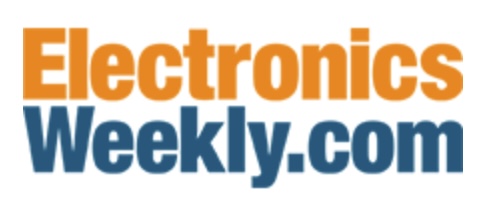Japan has five main players in power chips: Mitsubishi Electric, Fuji Electric, Toshiba, Rohm, and Denso, each of which has less than 5% of the global market.
The similarity in their market share is a reason why it’s difficult to collaborate because none if them sees why they should make concessions to an equal to form a partnership.
Another problem for collaboration is incompatible product lines with each company carrying a wide range of parts each developed to serve a particular customer.
Although Toshiba and Rohm have agreed to make products in eachother’s  factories, the collaboration has not gone any further despite talks to extend it to include research, sales and procurement.
factories, the collaboration has not gone any further despite talks to extend it to include research, sales and procurement.
The Japanese government has tried to push collaboration in the industry. The Ministry of Economy, Trade and Industry (METI) has advocated “further expansion of collaboration and consolidation in design and manufacturing processes.”
The government has put up $475 million to support an alliance between Fuji Electric and Denso, and $870 million towards helping the collaboration between Rohm and Toshiba.
As the power market moves towards SiC, China has moved to cost-reduce SiC wafer manufacturing and now dominates the SiC wafer market. It is reported that the vertically integrated model of making both wafers and chips is no longer cost-effective .
Renesas which had been about to enter the SiC market in June, and had paid Wolfspeed $2 billion up-front for SiC wafers when Wolfspeed went bankrupt, had to abandon its plans and notch up a $1.2 billion H1 loss.
Denso bought about 5% of Rohm’s shares earlier this year and formed a link with Fuji on SiC while Mitsubishi says it’s interested in alliances but that all options are on the table. Tangible outcomes from these moves seem elusive.
With China making about 40% of the world’s battery EVs and 50% of the world’s plug-in hybrid EVs, and Japan without a car company in the top ten for either BEVs or PHEVs, China’s power chip companies have a the advantage over Japan of a solid domestic market on which to hone their power chip production capabilities.
